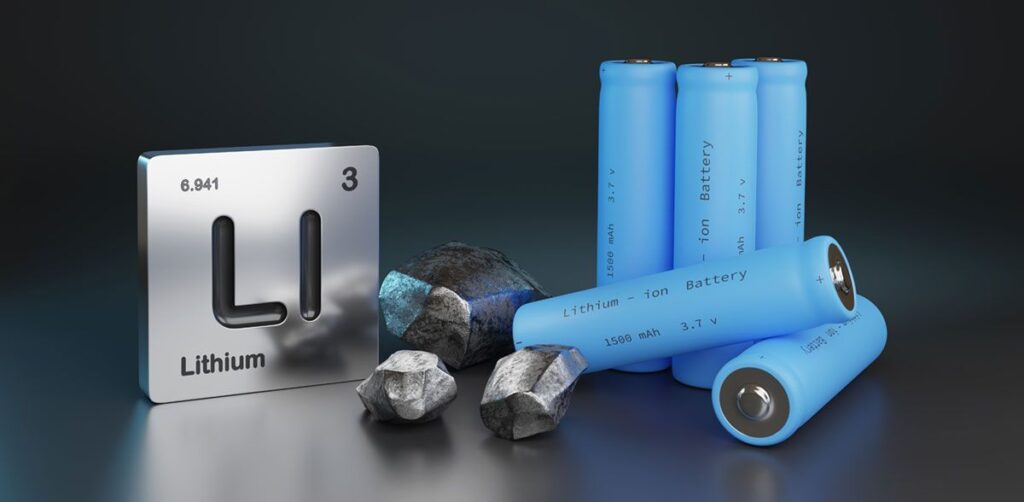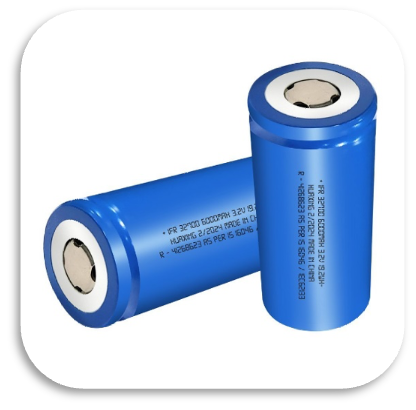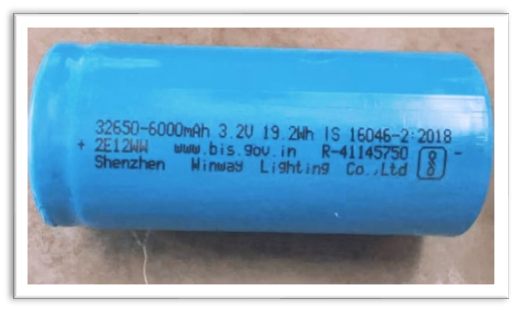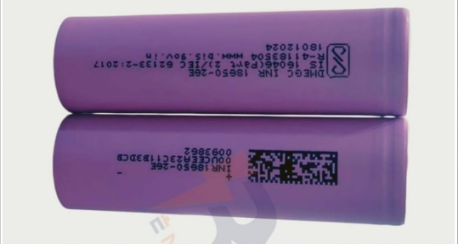Lithium–ion cells
A lithium-ion (Li-ion) cell is rechargeable battery that charged and discharged by lithium-ions moving between anode and cathode electrodes. Li-ion cells are light-weight , high energy density, long life cycle and low self discharge rate makes it preferred choice battery applications. Li-ion batteries are in demand for electronic vehicle, medical devices, aerospace and energy storage system.
Lithium-ion cells are in cylindrical and prismatic shapes. Lithium-ion cells chemistry comes in LFP (Lithium iron phosphate) and NMC (Nickle Manganese Cobalt ) Li-ion cell.
Li-ion batteries are used in a variety of applications, including:
- Electric vehicles
- Stationary energy storage systems
- Portable electronic devices
- Cell towers and base stations
- Aerospace applications
LFP Cell
Lithium iron phosphate (LFP) batteries have several properties, including:
- Energy density: LFP batteries have a high energy density of 220 Wh/L and 100–140 Wh/kg.
- Charge efficiency: LFP batteries have a charge efficiency greater than 90%.
- Cycle life: LFP batteries have a cycle life of approximately 2,000 at a deep discharge rate of 80%.
- Stability: LFP batteries are stable at high temperatures.
- Safety: LFP batteries pose few safety concerns such as overheating and explosion.
- Non-toxic: LFP batteries have a non-toxic cathode material.
- Puncture resistance: LFP batteries can withstand punctures without igniting.
- 100% charge: LFP batteries can be fully charged without causing accelerated battery degradation
NMC Cell
Lithium nickel manganese cobalt (NMC) lithium-ion batteries have many properties, including:
- Energy density: NMC batteries have a high energy density, meaning they can store a lot of energy in a small space.
- Cycle life: NMC batteries have a long cycle life, but can only undergo around 800 charging and discharging cycles before degrading.
- Self-discharge rate : NMC batteries have a low self-discharge rate.
- Thermal stability : NMC batteries are less thermally stable than LF batteries and are at a higher risk of overheating.
- Cell voltage : The cell voltage of NMC batteries is 3.6–3.7 V.
For Lithium–ion cells Inquiry Please contact at info@krvinternational.com




